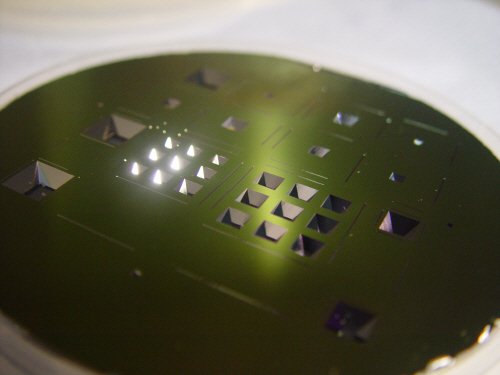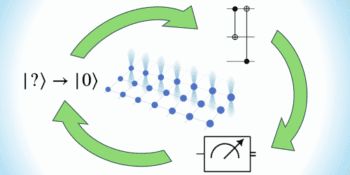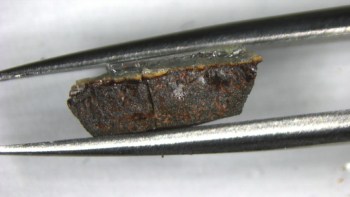
A new method to trap atoms on a chip has been developed by researchers in the UK. The technique involves capturing cold atoms directly from a room temperature gas of rubidium — and could lead to the development of “atom chips” that can deliver just one atom or photon at a time.
“Atom chips” are tiny devices for manipulating and studying ultracold atomic gases at temperatures just few millionths or billionths of a degree above absolute zero. Although much progress has been made recently in the development of such chips, the methods required to load the atoms remain complicated.
In most schemes, atoms are first cooled and trapped far from the surface of the chip and then transported to the chip in a series of complex steps that often lead to many of the atoms being lost on the way.
Now, Joseph Cotter and colleagues at Imperial College London have succeeded in integrating magneto-optical traps onto an atom chip by etching pyramid-shaped structures in a silicon wafer. The pyramids provide a way of trapping cold atomic gases directly onto the atom chip.
The technique requires only a magnetic field, which can be produced by simple wire structures on the chip itself, and an incident trapping laser to capture atoms from a room temperature vapour.
Direct cold atom trapping
“The technique is much simpler than existing atom trapping methods and is the first observation of direct cold atom trapping from a background vapour inside a microfabricated structure on an atom chip,” Cotter told nanotechweb.org.
And that’s not all: it is also easy to make arrays of these devices within the same chip. This allows the researchers to create and probe many individual atom sources at the same time.
The devices could act as single atom and single photon sources, which are important in the field of quantum information processing. “We also intend to use these devices as a starting point for trapping molecules on a chip,” said Cotter.
The team is now working on making a single atom source and using the pyramids as part of a fully integrated atom chip.
The work was reported on arXiv.



